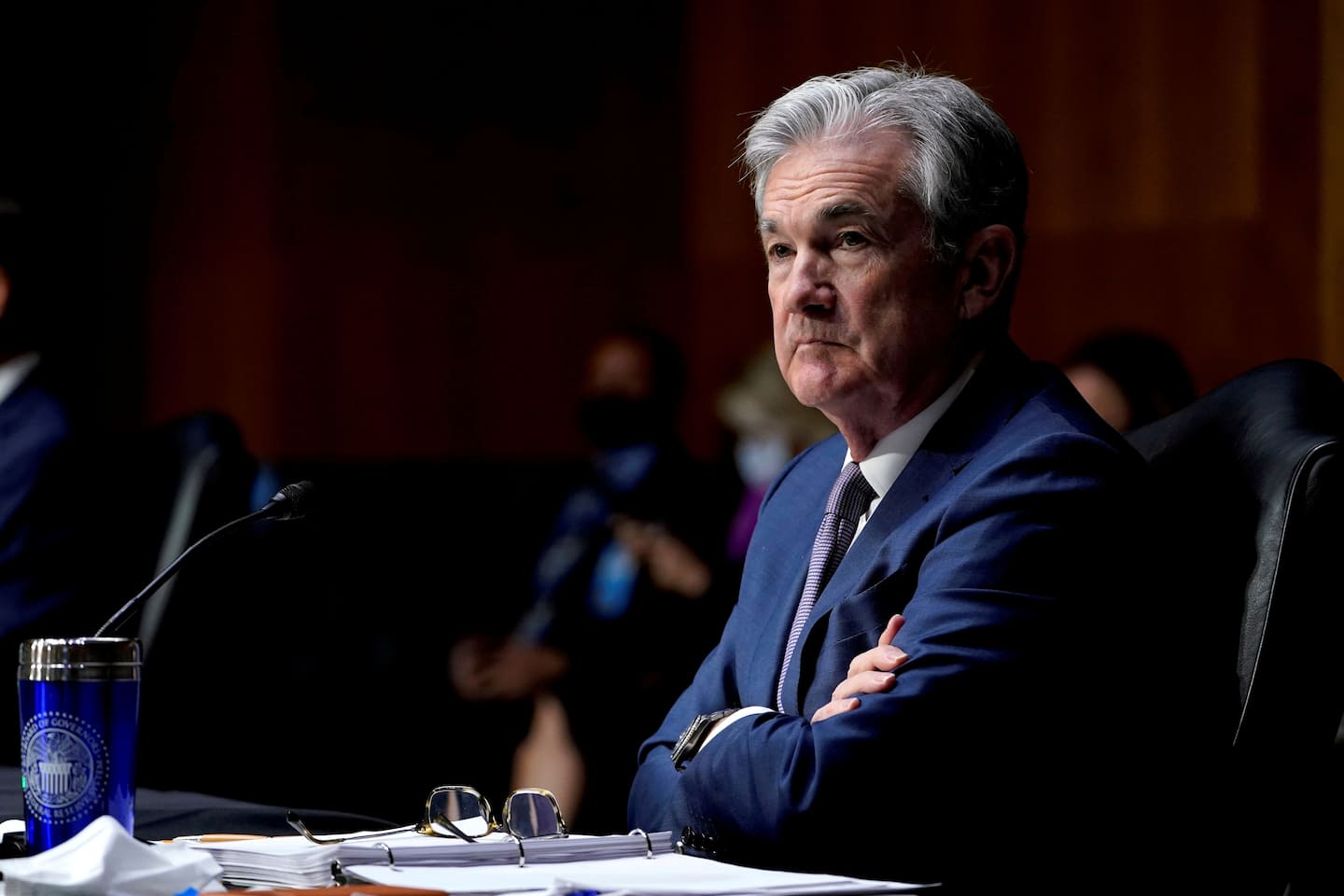Consumer prices move higher as White House, Fed monitor inflation

Although inflation is edging upward, federal officials have stressed that the shift will probably be short-lived, as parts of the economy begin to normalize after more than a year of the pandemic.
The new data highlights the drastic changes the U.S. economy has undergone in the past year, when the pandemic unleashed havoc on consumers, businesses and suppliers, and compelled the White House and Congress to authorize emergency spending to tackle the crisis. This year, more than 120 million Americans have received at least one dose of the vaccine, and the Biden administration continues to roll out a sweeping coronavirus relief package.
But the federal government’s massive spending programs have drawn criticism from some market analysts and Republican lawmakers, who have raised concerns about overspending and overstimulating the economy. The hundreds of billions of dollars in relief, they claim, could trigger long-feared inflation, an argument that critics are likely to amplify with the release of the new data.
The Federal Reserve and the Biden administration have pushed back against those claims, anticipating the climb in prices. In a blog post Monday, White House officials said the main factors driving those upticks, including pent-up demand and supply chain disruptions, are expected to subside over time as businesses regain their footing. After several months of modest gains, the officials foresee inflation fading “back to a lower pace thereafter as actual inflation begins to run more in line with longer-run expectations.”
In reference to the CPI, the officials noted that the sudden and massive disruptions of last spring will distort annual comparisons because prices dropped so drastically after the coronavirus first took hold of the economy. As the worst of the economic impacts of the pandemic fade, they contend, the spikes in price data should flatten.
Despite a surge in hiring and strengthening economic markers, Fed officials say that the job market is still in rough shape for millions of Americans. The number of people who have been unemployed for more than six months remains above 4.2 million, compared with more than 1 million before the pandemic.
More than 900,000 jobs were added last month. But at least 8.5 million Americans are still out of the workforce, underscoring the prolonged turmoil that has gripped the labor market. Meanwhile, new coronavirus infections are on the rise, along with hospitalizations, even as deaths are falling and more than 75 million people have been fully vaccinated.
The Fed now expects inflation to hit 2.4 percent this year, compared with an earlier estimate of 1.8 percent, but persistently high unemployment has put pressure on central bankers to not ease up on emergency measures to repair the economy.
During an interview on CBS News’s “60 Minutes” aired Sunday, Fed Chair Jerome H. Powell said the central bank would not raise interest rates to tamp down the economy until inflation is moderately above its target rate for a period of time. “We don’t mean just tap the base once,” he said. “We want it to be just moderately above 2 percent. So that’s what we’re looking for.”
Kristina Hooper, chief global market strategist at Invesco, said investors have been conditioned by the Fed and the White House to expect the rising prices. “What we are experiencing this year is an unusual economic recovery — one in which the U.S. economy’s reopening, Americans’ elevated savings levels, pent-up demand and significant fiscal stimulus is likely to create a ‘perfect storm’ — a strong burst in spending,” she said, adding that it is unlikely to last far into 2022 as consumer behavior normalizes.
Energy prices spiked more than 13 percent compared with last year, led by gasoline, which surged by 22.5 percent, the new data showed. The cost of food increased by 3.5 percent.
The concerns about inflation come from huge debt-fueled government spending and the aggressive measures of the Federal Reserve, said David Bahnsen, chief investment officer of the Bahnsen Group, a wealth-management firm. But additional goods and services entering the fray through reopenings will counter the upward pricing pressure, he said. “Very simply put, we do not believe growth and recovery are inflationary, in and of themselves.”
The fresh inflation data drew a shrug from Wall Street. The S&P 500 added 13.60 points, or 0.3 percent, to close at a record high 4,141.59. The tech-heavy Nasdaq jumped 146.10 points, or nearly 1.1 percent, to close at 13,996.10. The Dow Jones industrial average shed 68.13 points, or 0.2 percent, to close at 33,677.27.
Andrew Van Dam contributed to this report.






